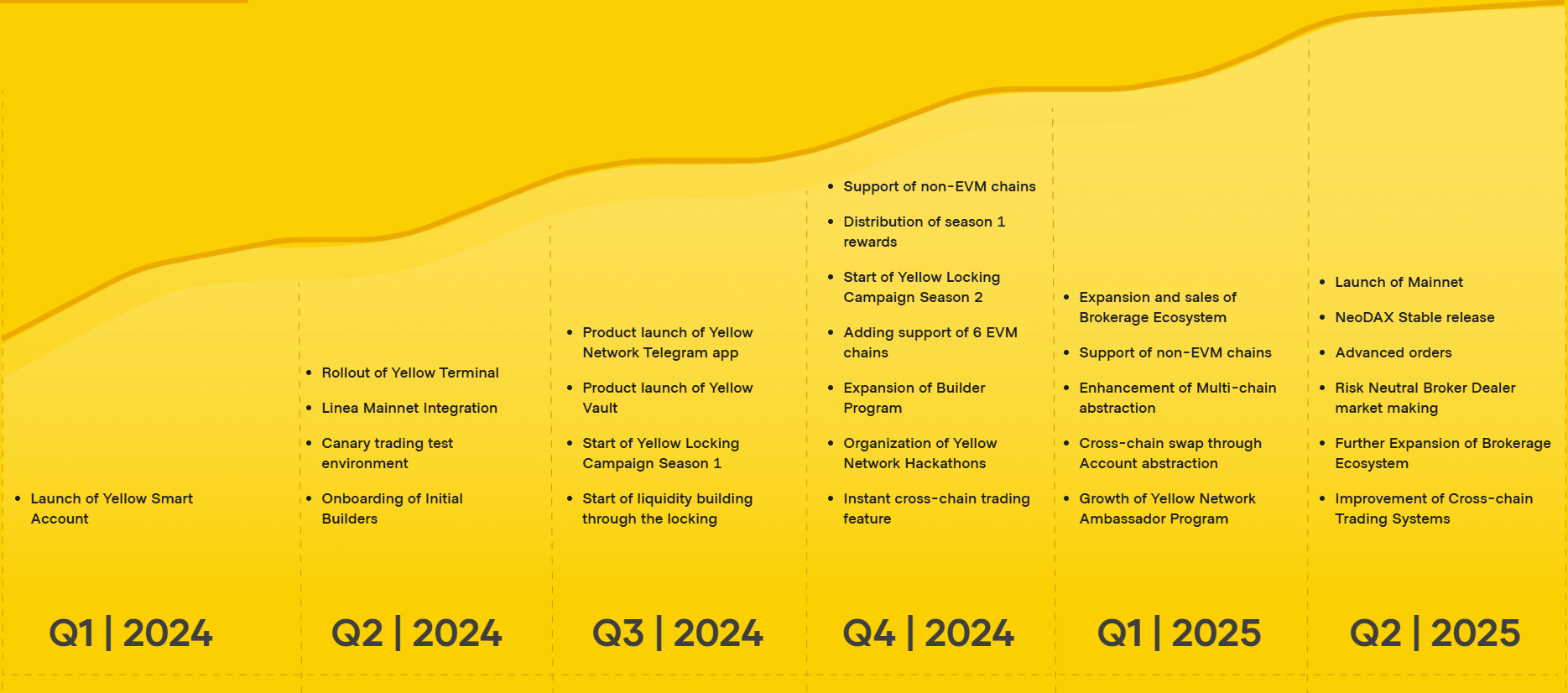Yellow Network’s Trustless Trading and Token Launch – Interview with Alexis Serkia
During the 2025 edition of the Paris Blockchain Week, BeInCrypto sat down with Alexis Yellow, CEO of Yellow, a crypto project working on an entirely new paradigm based on Satoshi’s initial vision for Bitcoin.
He talks about the upcoming Yellow Tokens, a new smart contract mechanism, and making crypto projects more utility-driven.
Alexis, can you introduce yourself?I’m Alexis, a software engineer by background. I worked at the European Space Center early in my career, but my crypto journey started quite unexpectedly.
Back in 2013, an old friend from school reached out—he was working at Goldman Sachs and told me about a project that needed help. He said, “There are 12 people in Silicon Valley printing fake money.” That project turned out to be Ripple.
Ripple ended up being our first client, and that experience really helped me grasp the potential of crypto.
Despite the skepticism surrounding the space, I saw real innovation. Ripple’s CTO was a Bitcoin Core contributor, and Vitalik Buterin was involved with the team before Ethereum.
Actually, Buterin was planning to join Ripple. He was especially excited about their consensus mechanism, which inspired me, too.
So, we started in 2013 by doing market-making and tackling challenges in crypto liquidity and infrastructure.
One thing that always stuck with me was Satoshi’s idea: We need systems where trust isn’t a prerequisite. That idea shaped a lot of my thinking.
Around 2018–2019, I decided to start Yellow. We later merged with a French exchange technology company called OpenWare. Combining my market experience with their tech, we launched Yellow Network.
So, it’s a trading infrastructure designed to let institutions, like Société Générale, trade directly with major players like Binance without needing to trust them.
 Yellow Network Roadmap. Source: Yellow Group
Trading with exchanges like Binance without trusting them, do you mean trust as a counterparty?
Yellow Network Roadmap. Source: Yellow Group
Trading with exchanges like Binance without trusting them, do you mean trust as a counterparty?
Exactly that’s at the core of Satoshi’s vision. At Yellow, we’re working on a different model of trustlessness using state channels, which represent a new paradigm compared to traditional blockchain systems like Bitcoin or Ethereum.
In those systems, you have tens of thousands of nodes, say, around 30,000, validating each transaction. It’s a powerful model for security, each validator has a financial incentive to be honest, and there’s no way to roll back a confirmed transaction.
The same applies to staking networks. But that structure just doesn’t work for high-frequency trading. You can’t have 30,000 nodes verifying every microsecond trade. It’s simply too slow and inefficient.
For example, some networks try to solve this by reducing the number of validators to 21, but that compromises the level of trust and decentralization. Our approach is fundamentally different. The Lightning Network inspires it, but we’ve taken it in a new direction.
With the Lightning Network, you can move money instantly by opening a state channel. At Yellow Network, we use similar state channels but instead of transferring funds directly, we transfer profit and loss in real time.
For instance, if you buy a Bitcoin for $100,000 and it rises 5%, the $5,000 profit is immediately transferred to your wallet. The trade is settled instantly, peer-to-peer, with cryptographic proof.
To ensure security and fairness, we’ve built a smart contract called ClearSync. If a counterparty refuses to settle, as we saw with the HyperLiquid issue recently, ClearSync can step in and arbitrate the trade.
It verifies the claim and, if valid, ensures the rightful party receives what they’re owed. So, it’s a trustless system that still allows for the speed and flexibility traders need.

